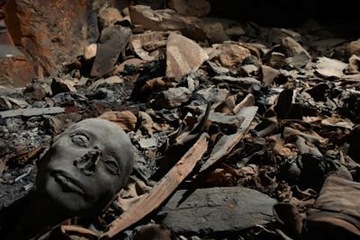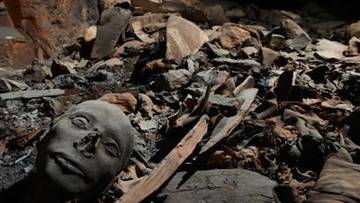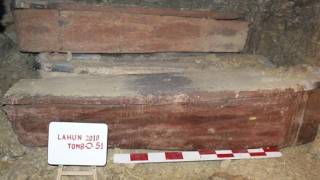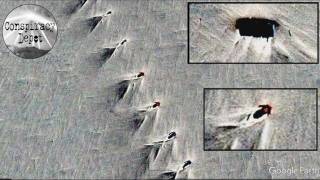Dozens of Mummies Unearthed at Egypt’s Valley of the Kings
Source: livescience.com
Archaeologists have discovered the final resting place of at least 50 royal Egyptians — including princes, princesses and infants — while excavating a trashed tomb at the Valley of the Kings. Hieratic inscriptions (a cursive form of hieroglyphs) revealed that most of the mummies in the tomb were related to two pharaohs, Thutmose IV and Amenhotep III, who ruled during the 14th century B.C. The dead included at least eight previously unknown royal daughters, four princes and some children, the archaeologists said.
Hieratic inscriptions (a cursive form of hieroglyphs) revealed that most of the mummies in the tomb were related to two pharaohs, Thutmose IV and Amenhotep III, who ruled during the 14th century B.C. The dead included at least eight previously unknown royal daughters, four princes and some children, the archaeologists said.During Egypt’s New Kingdom (1550-1070 B.C.), royals were buried at the Valley of the Kings, a site along the Nile, opposite modern-day Luxor, about 312 miles (500 kilometers) south of Cairo. King Tutankhamun’s tomb is among the best preserved burials to have been discovered at the Valley of the Kings, and new tombs are still being discovered and studied at the site today.
One of those newly studied tombs is KV 40. From the surface, the only hint of a burial chamber was a depression in the ground. Excavations revealed a 16-foot-deep (5 meters) shaft, a corridor and four rooms in shambles. The 3,300-year-old tomb was likely plundered for its gold and wood during antiquity, and later looted for any other valuable goods that could be sold. The archaeologists, who have been excavating in the region since 2009, found textiles, mummy bandages, linen cloths, bones and other scattered funerary artifacts in the tomb. These objects were covered with soot from a heavy fire, presumably set by grave robbers of the late 19th century.
The adult mummies in KV 40 are largely fragmentary, likely torn apart by grave robbers, but infant corpses in the underground burial chamber remain intact, said researcher Susanne Bickel, of the University of Basel in Switzerland. And while most infants who died would have been buried in a simple fashion at the time, royal children buried in KV 40 seem to have been given a proper mummification, Bickel added.
[...]
Read the full article at: livescience.com






















